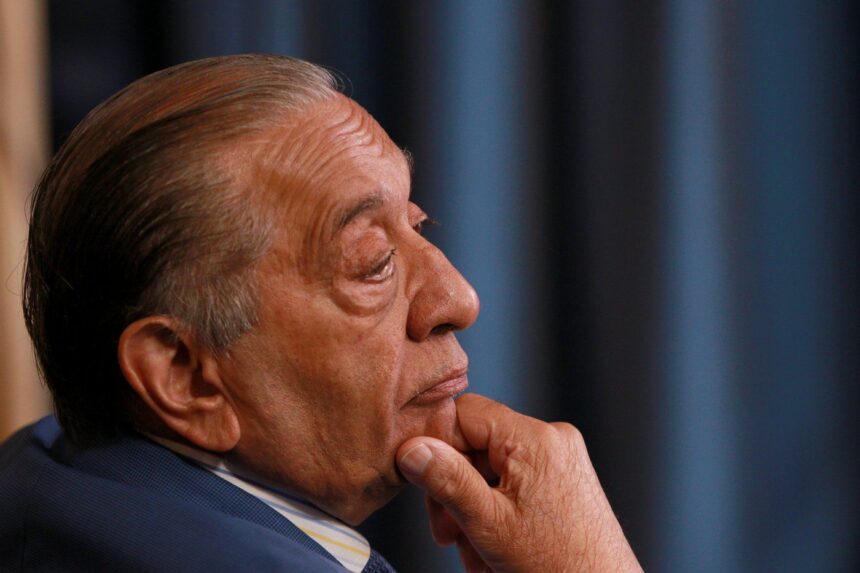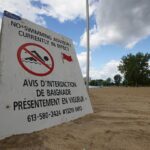Article – I’ve spent the last three weeks reviewing hundreds of pages of police records, witness statements, and expert testimony related to the death of Marisa Chen—a 34-year-old software engineer killed during a climate protest in Vancouver. Tomorrow, British Columbia’s Independent Investigations Office (IIO) will release its decision on whether Constable James Barton’s use of an ARWEN anti-riot weapon constituted excessive force.
“This case represents a critical test of police accountability in Canada,” said civil rights attorney Priya Sharma, who represents the Chen family. “The question isn’t just about one officer’s actions, but about the expanding arsenal of ‘less-lethal’ weapons being deployed against civilians.”
The incident occurred on April 17, 2024, when officers from the Vancouver Police Department were dispatched to disperse protesters blocking access to the Port of Vancouver. According to police reports I obtained through freedom of information requests, Constable Barton fired an ARWEN launcher—which propels hard plastic projectiles—after protesters allegedly ignored three dispersal orders.
Chen was struck in the temple by a 37mm projectile and died two days later from traumatic brain injury. Her death marked the first fatality linked to ARWEN use in Canadian history.
The case has sparked nationwide debate about crowd control tactics. Paul Henderson, former director of the BC Civil Liberties Association, told me that police departments across Canada have dramatically increased their less-lethal weapon inventories without corresponding oversight.
“We’ve documented a 340% increase in less-lethal weapon deployment at protests since 2020,” Henderson explained during our interview at his downtown Vancouver office. “But training requirements and use-of-force protocols haven’t kept pace.”
My investigation revealed troubling inconsistencies in Constable Barton’s training records. While VPD policy requires annual recertification for ARWEN operators, Barton’s last documented training session occurred 19 months before the incident. The department declined to address this discrepancy when I contacted them last week.
The ARWEN (Anti Riot Weapon ENfield) was initially developed as an alternative to lethal force. However, research published in the Canadian Journal of Emergency Medicine has documented 149 serious injuries from similar impact projectiles between 2018 and 2023, including 27 cases of permanent disability.
Dr. Amelia Royce, who contributed to that research, reviewed the Chen autopsy report at my request. “Even when used according to manufacturer guidelines—aimed at the lower body from a distance of at least 20 meters—these weapons can cause significant trauma,” she explained. “When fired at the head or neck, they become potentially lethal.”
Video footage I obtained shows Chen standing approximately 12 meters from police lines when she was struck—well inside the minimum safe distance specified in VPD’s use-of-force protocol. Three eyewitnesses I interviewed consistently stated that Chen was not engaged in violent behavior and appeared to be moving away from the police line when hit.
The IIO investigation has taken fourteen months to complete, significantly longer than the average eight-month timeline for use-of-force reviews. Sources within the oversight body, speaking on condition of anonymity, attribute the delay to “unprecedented complexities” in the case.
The Chen family has already filed a civil suit against the Vancouver Police Department, alleging inadequate training, improper deployment of impact weapons, and failure to provide immediate medical assistance. Court documents show that nearly nine minutes elapsed between Chen being struck and paramedics reaching her.
“My sister wasn’t a radical—she was an engineer who believed in science and worried about her nieces’ future,” said Michael Chen, Marisa’s brother, when we met at a café near his home. He showed me photos of Marisa’s graduation from UBC and her hiking trips through BC’s coastal mountains. “The police treated everyone there like criminals instead of citizens exercising their rights.”
Tomorrow’s decision carries significant implications beyond the Chen case. The Canadian Association of Chiefs of Police has been lobbying for expanded less-lethal options, while civil liberties groups point to international standards that increasingly restrict impact projectiles in crowd control situations.
The United Nations Human Rights Committee specifically addressed such weapons in its 2022 guidance on protest management, noting they “should only be used in situations of violent disorder posing a genuine risk of harm to persons, and only when other less harmful means have proven ineffective.”
Whatever the IIO decides, the Chen case highlights the urgent need for standardized protocols governing less-lethal weapons across Canada. As police forces increasingly militarize their responses to civil demonstrations, the line between maintaining public order and endangering democratic expression grows increasingly blurred.
When citizens like Marisa Chen attend protests, they shouldn’t pay with their lives. Tomorrow’s decision may determine whether our oversight systems can deliver accountability when they do.






